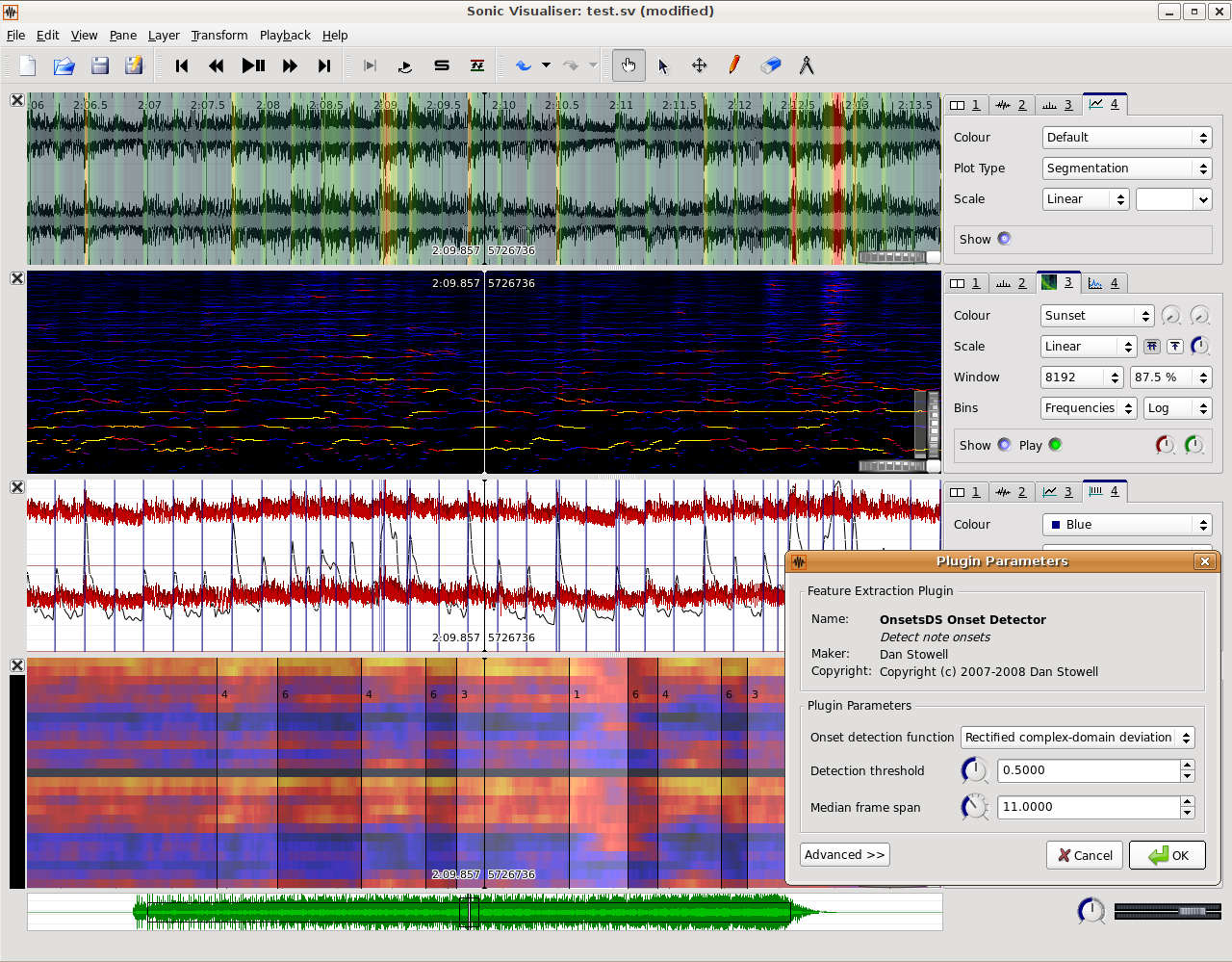

Okay I’m gonna spare you the details, but basically these songs combined sound terrible. Using SV, let’s combine these songs together!!!: Right off the bat, these look a lot different but what’s important here is not the peaks and falls of the frequency waves but rather the fact that these songs are in 4/4 time and of the same key. The search brought me to Sufjan Stevens’s song, “Chicago”, which I uploaded into SV: Mixolydian means that the scale starts from the fifth note….So if one was playing a C scale (which usually starts with C and ends at C) and they wanted to make it Mixolydian, then they would instead start with G as the root of the scale and end the scale five notes short of C. E flat means that the chords and notes of this song are centered around E flat this takes some years of choir to be able to simply hear. Then I looked through my music library for another song in E flat Mixolydian and 4/4 time signature…this might sound like another language to some. ** Please click the links to listen you won’t be disappointed!** Piano Verse 1, Chorus, Verse 2, Chorus Solo Band Pianoģ0 Second soundbite: (I’m unable to embed an audio file using SV so I uploaded Audio from SV using Soundcloud which also shows the music visually)
#Sonic visualiser cannot see words on bottom full#
Opening Full Band Playing Sensitive Full Solo Here’s a project Jaycee Sanders worked on a project heavily influenced by youtube song-masher, “Isosine” : Rather than have to listen to a recording over and over and write down time placements of the portion of a song I’d like to edit, sonic visualization allows one to visually see, select, and then edit a certain portion of a song. As someone who recently made the switch of recording on an analog reel-to-reel cassette to a digital TASCAM 24-track, I know first hand how helpful this ability can be. This tool allows studio recorders to navigate sound recordings.

With sonic visualizations, they are easily made known and easily fixable (deamplify or lengthen the frequency). Distortion detection: In the analog days, you had to carefully hear or use expensive compressors to pinpoint and fix moments in the song where the threshold was surpassed.So what’s so cool about this visualization? The light blue is the best way to track the progression of the song.

So areas where the light blue is more compacted and taller results in a stronger and more audible sound. The dark blue and the light blue is telling us the greatness of the frequency, this indicates the Hertz (Hz).The red lines indicate areas in which the Db level peaks past the threshold, resulting in distortion (however, this song was mastered by professionals and the distortion is practically unhearable).A Db (decibel) is the unit used to measure the intensity of a sound.The number across the Y-axis indicate the volume (Db).The X-axis is the time progression of the song.Here’s some terms that will help us interpret this sonic representation of Chris Martin’s famous piano line: Here is a fragment of Coldplay’s hit song Clocks visually represented:ĭon’t freak out: I know this looks like a mess. Sonic visualizer is a tool used to graph, record, and visually display music.


 0 kommentar(er)
0 kommentar(er)
